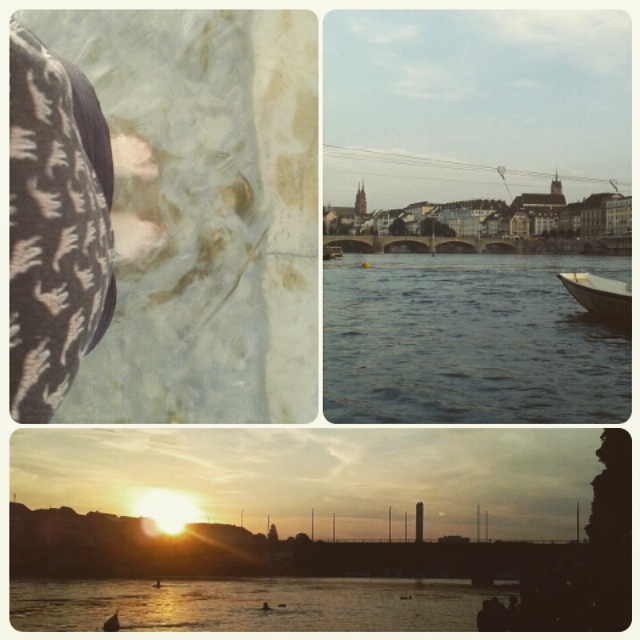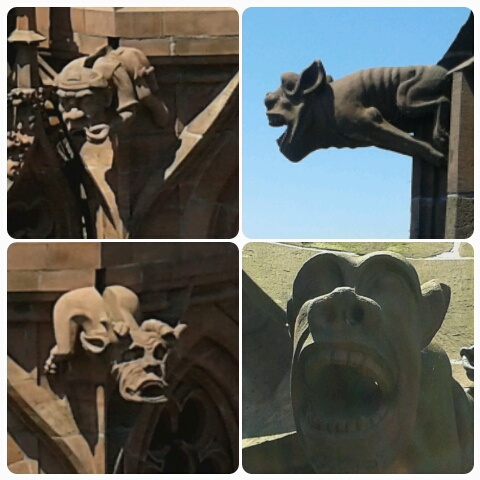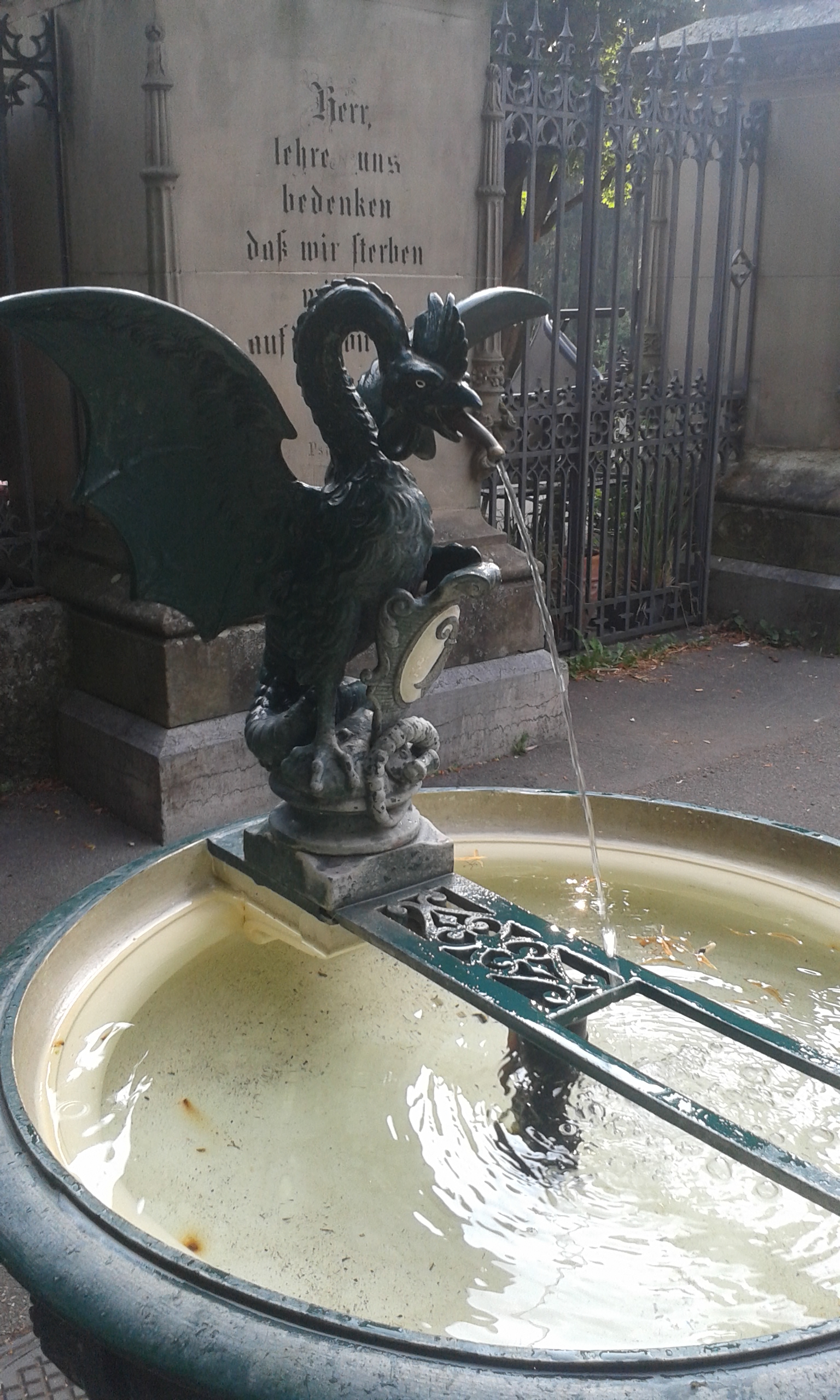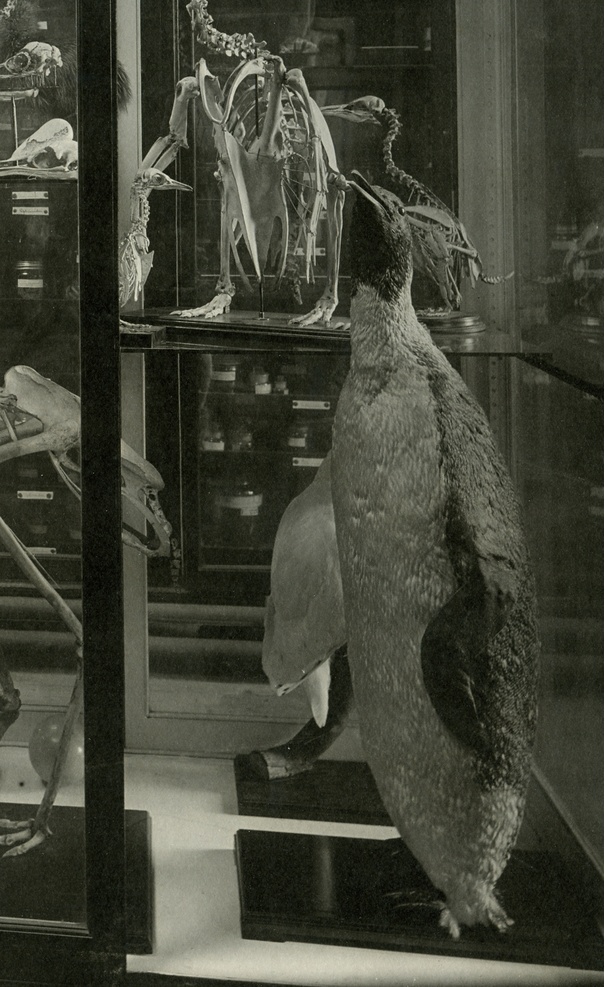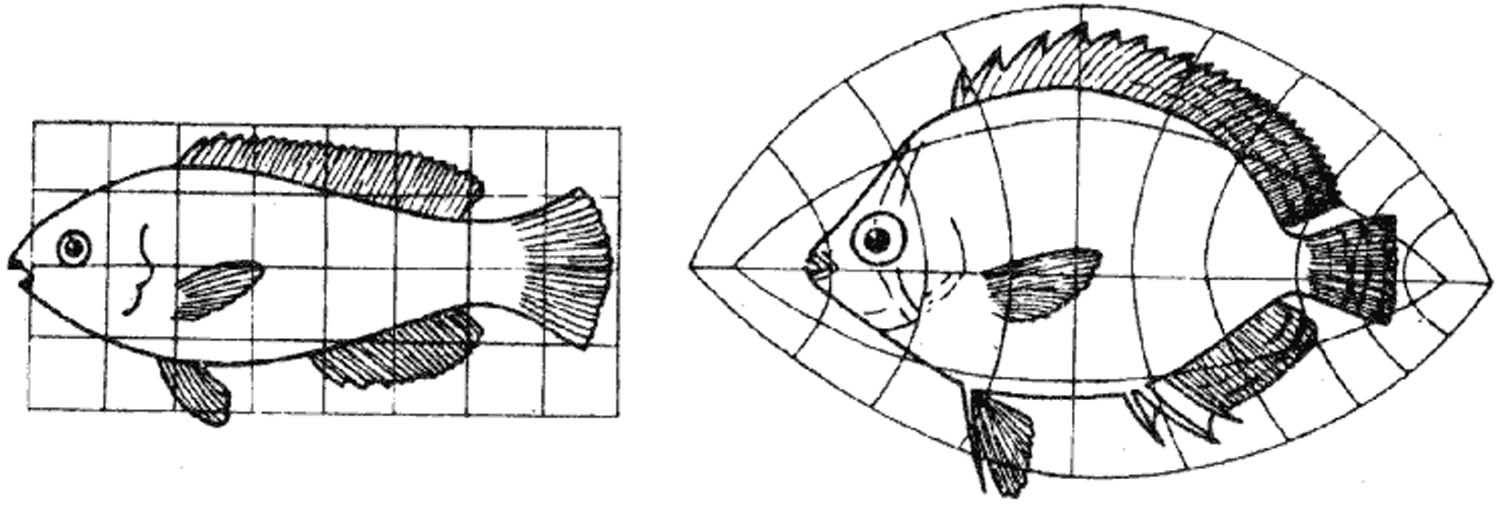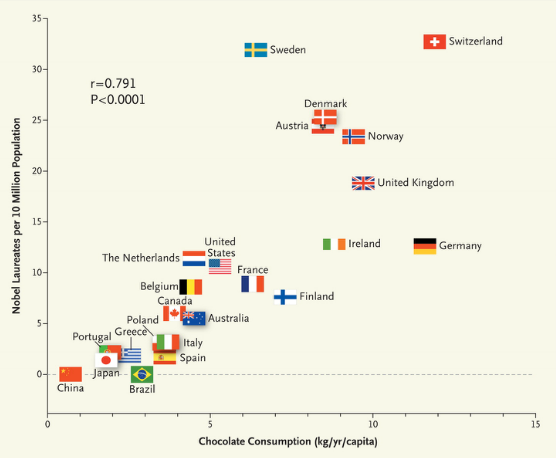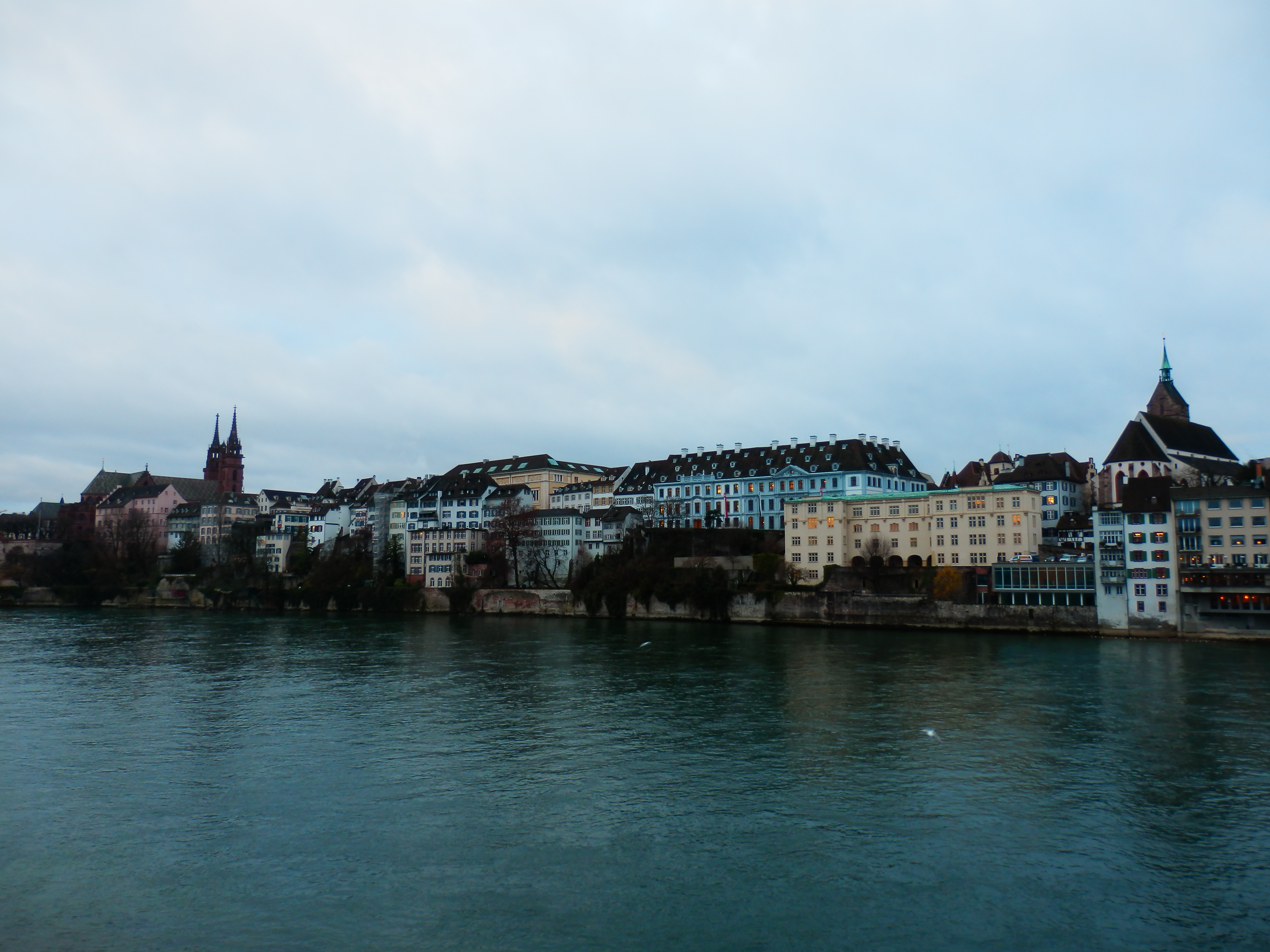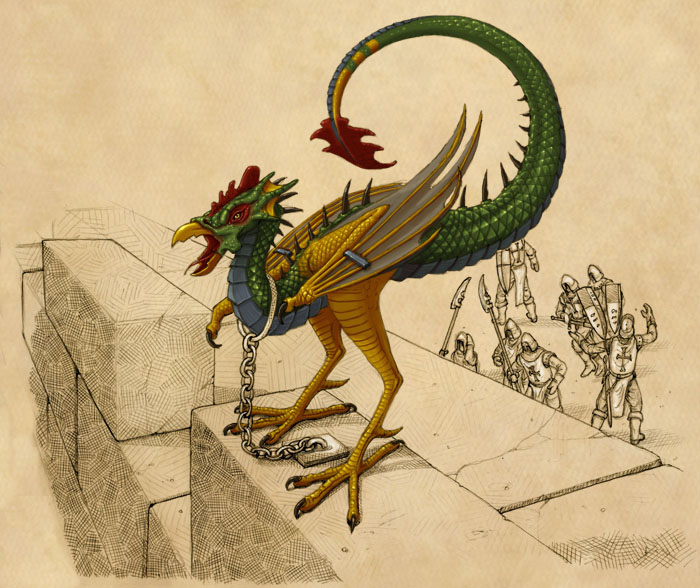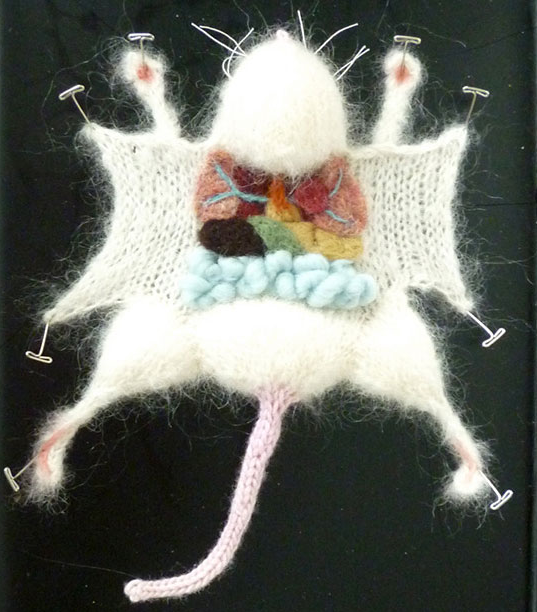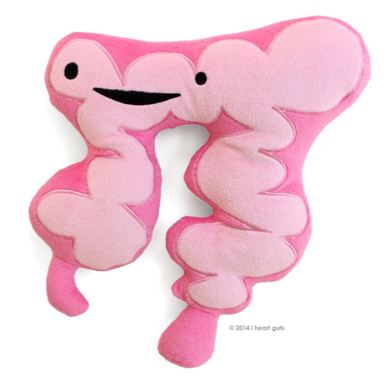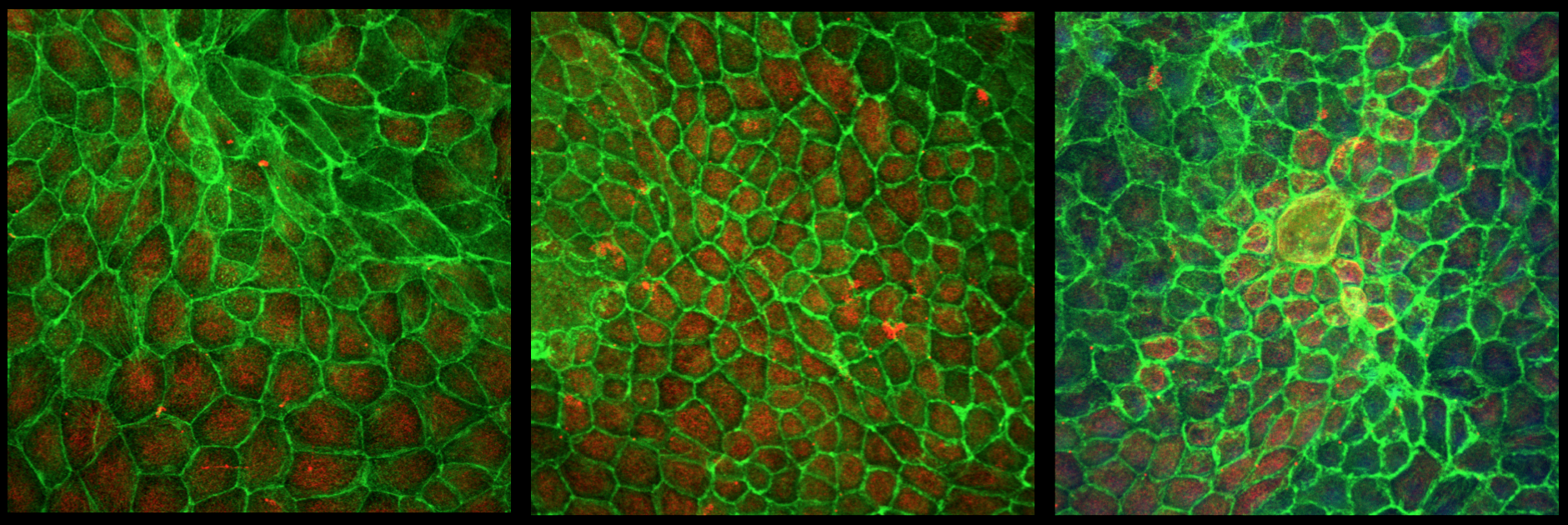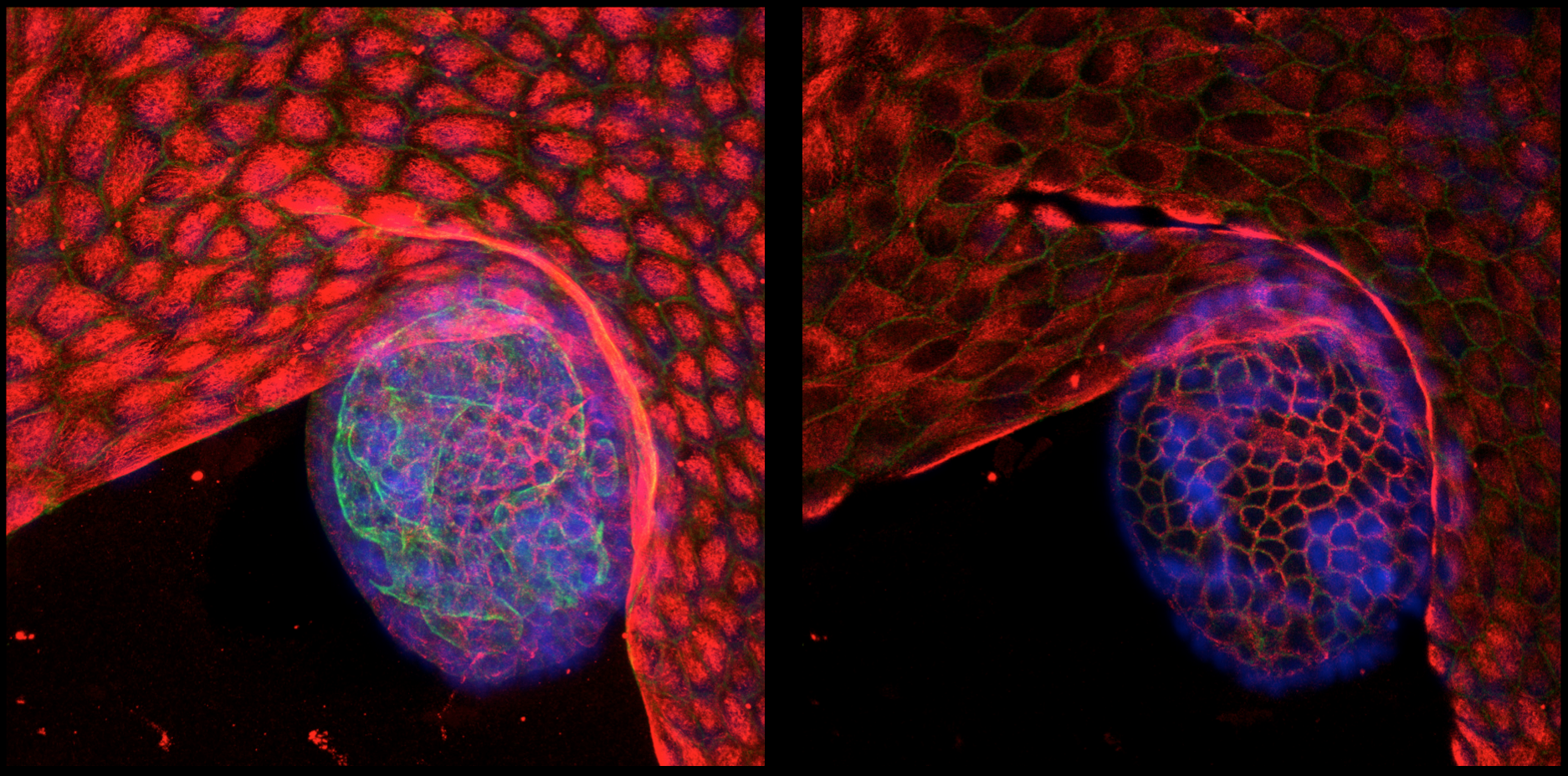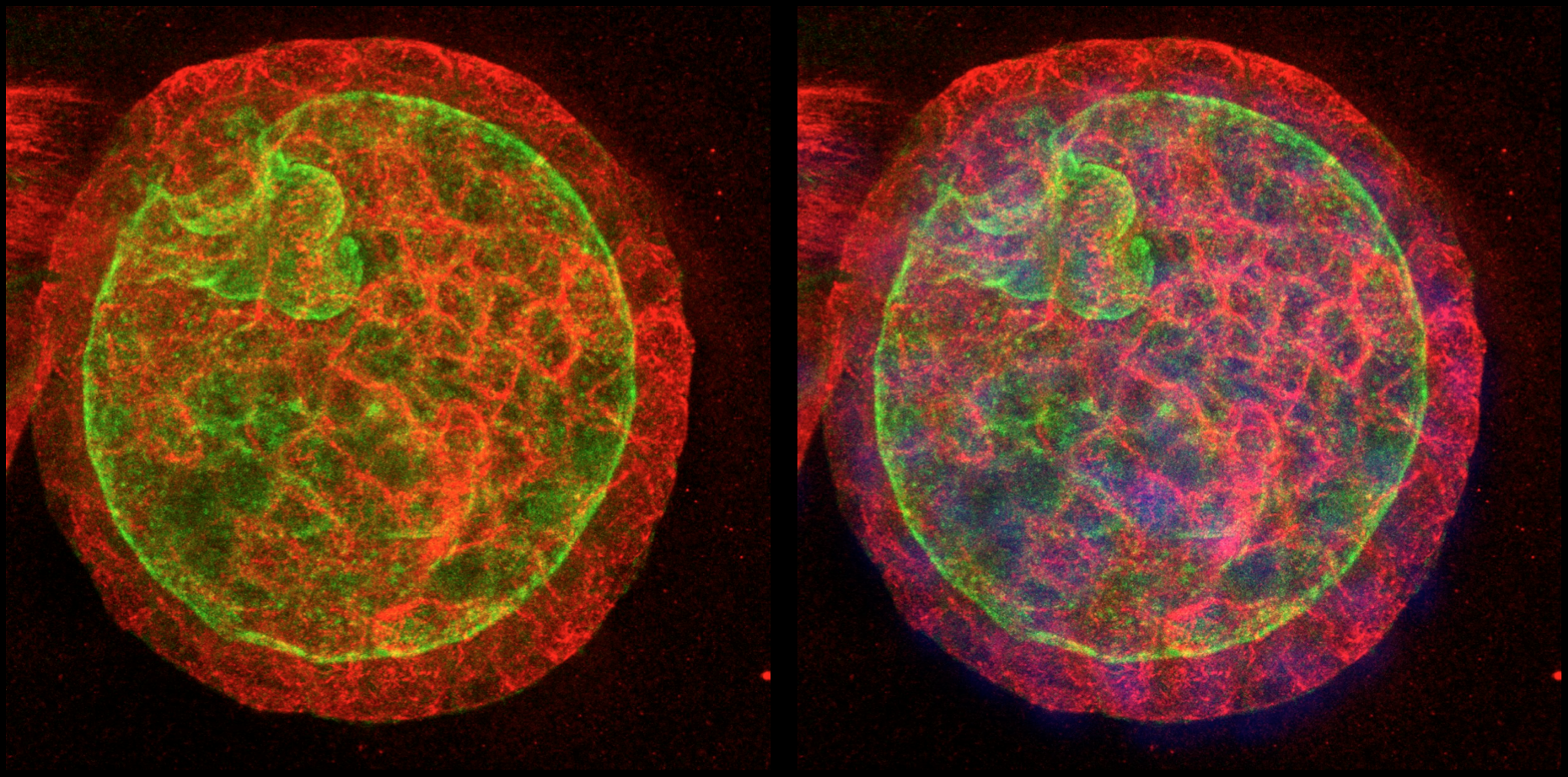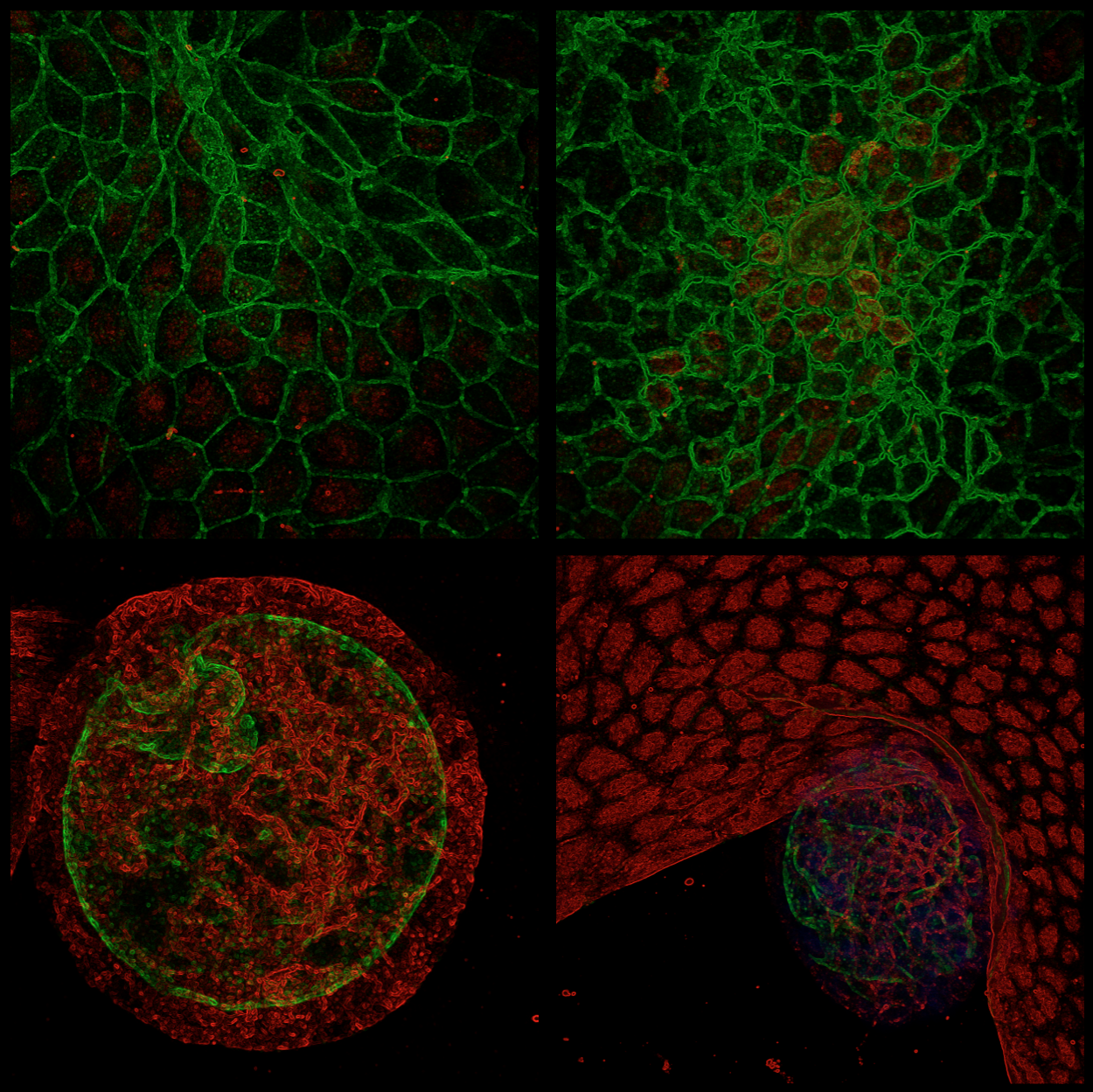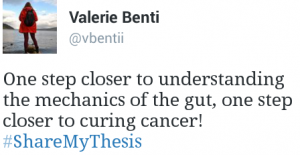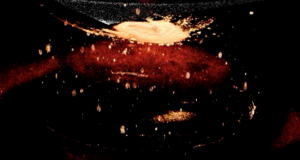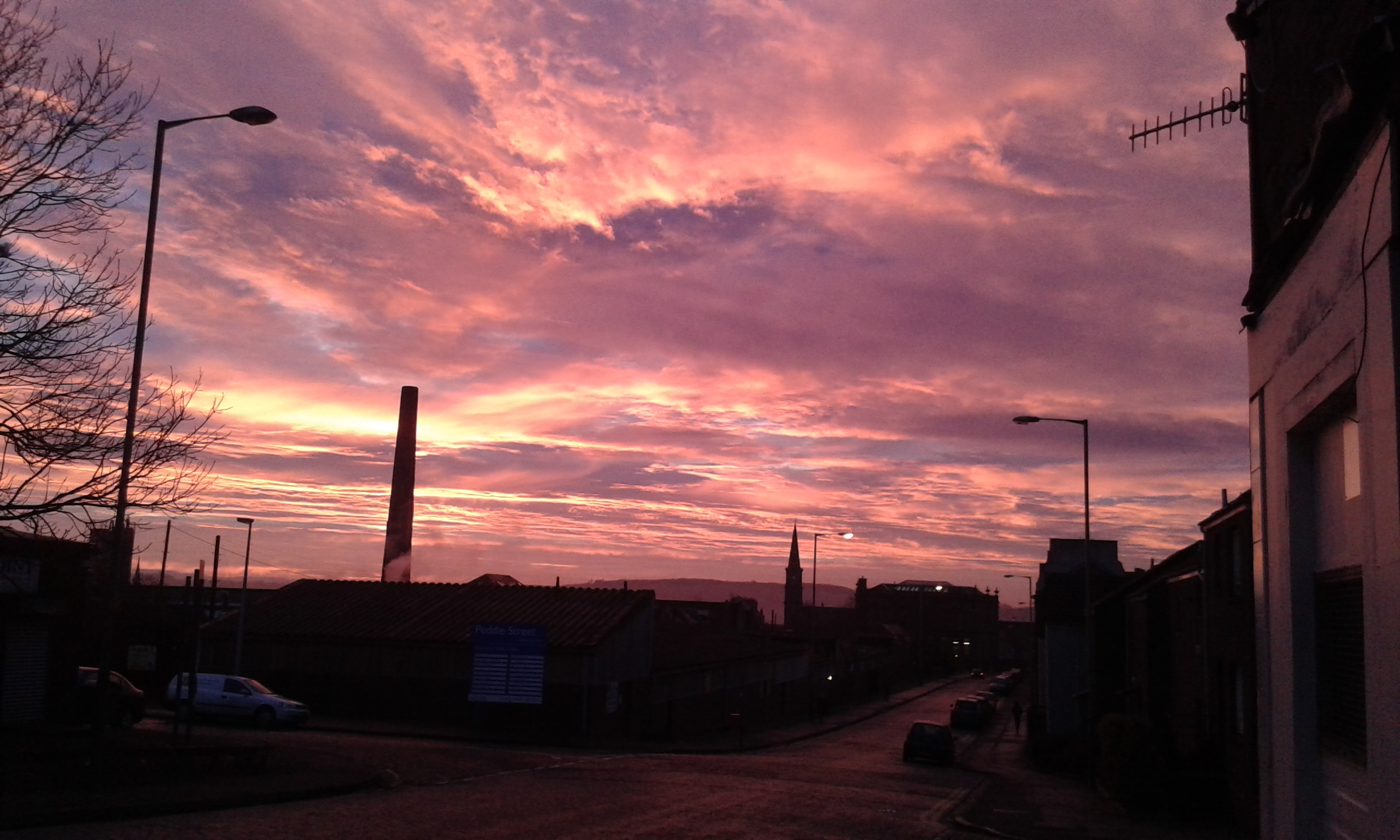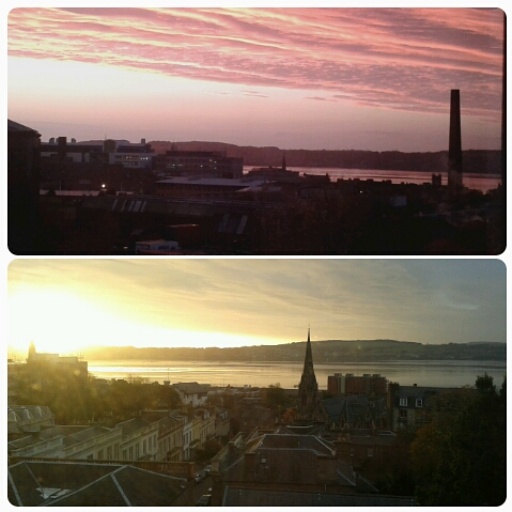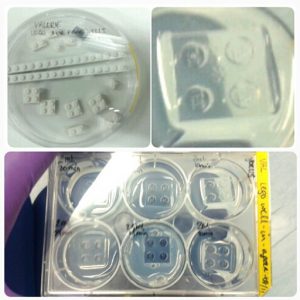Sometimes, when reading a biology paper, I have to refrain myself from bursting out laughing. Biologists, and more specifically geneticist, come up with the most ridiculous names for genes. Not that I’m complaining, it brightens up even the most boring of papers (though sadly not all names are funny). Here’s a (very!) small selection as an example of biologists’ sense of humour:
- Really Interesting New Gene (RING)
The lack of inspiration for naming this gene is in itself quite funny. - Sonic Hedgehog
This was the first funny one I’d come in contact with; at first I just thought I misunderstood the speaker. But it’s a real gene, that when mutated causes fly embryos to be covered with spike-like structures, and thus look like a hedgehog. It also gives the fly supersonic powers. - Don Juan
A gene present in sperm cells of male fruit flies. It makes them extremely sexy. - Dissatisfaction
A gene involved in many aspects of sexual behaviour, apparently not the very useful ones. - I’m not dead yet (Indy)
In reference to a scene in Monty Python and the Holy Grail, when mutated this gene causes an increase in the lifespan of fruit flies. The flies live forever unless swatted. - Van Gogh
In zebrafish, a mutation of Van Gogh results in tiny ears – wait, fish have ears? In fruit flies, a mutation of this gene causes the wings to develop a wing pattern that apparently looks like Starry Night. - Tinman
A mutation in Tinman in mouse embryo results in no heart and the desire to feel love. - Casanova
The result of this gene mutation in zebrafish is that they are born with two hearts, making it a incorrigible womanizer. - Spock
So zebrafish really do have ears, though with a mutation in the Spock gene they end up being pear-shaped. And possibly slightly pointy. It is unsure if the mutated fish are also confused by human emotions, though it is reasonable to believe that most fish probably are. - Callipyge
Sir Mix-a-lot would just love this one. A mutation in this gene results in sheep developing very large hind ends, or “beautiful buttocks” (callipyge in greek), and increased twerking abilities. You got buns, hun! - Dracula
When zebrafish with this mutation are exposed to light, the fish die due to their blood cells bursting (yuck). You probably can kill them by running a wooden stake (or toothpick) through their heart as well. - Brainiac
Fruit flies with this mutation have increased development of brain cells, causing them to realise that a closed window is not an exit. - Cheap date
Give a few drops of alcohol to flies with this mutation and they’ll appear drunk. I’m not sure how many drops it takes to get a wild type fly drunk, but apparently Cheap Date flies are more sensitive to alcohol. They’ll probably be okay with eating some cheap garbage left overs as well, further reducing costs of a date. - Ken and Barbie
Flies with this mutation lack external genitalia. They also have unreasonably small waists and plastic hair dos. - Halloween Genes (including disembodied, spook, spookier, shadow, shade, shroud and phantom)
Mutations in Halloween genes cause flies to grow scary, abnormal exoskeletons, giving them instant status as spiderman nemeses.
A few more honourable mentions: Armadillo, Bagpipe, Bag or marbles, Grunge and Teashirt (fly), Jelly Belly, Seven up, Snafu, Wishful Thinking, Slamdance, Slowpoke, Smaug, Stardust, Grim and Reaper, Shaven Baby, Kryptonite and Superman, and Swiss cheese. If I ever discover a gene (very slim chance), I will do my best to come up with something original, but with all that out there, it will be a challenge.
Extra note: Not only biologists have a sense of humour. There is a theory in physics called “The Hairy Ball Theorem”. Don’t worry, it’s about not being able to brush coconuts (What?). And I’m sure there are more examples out there.


